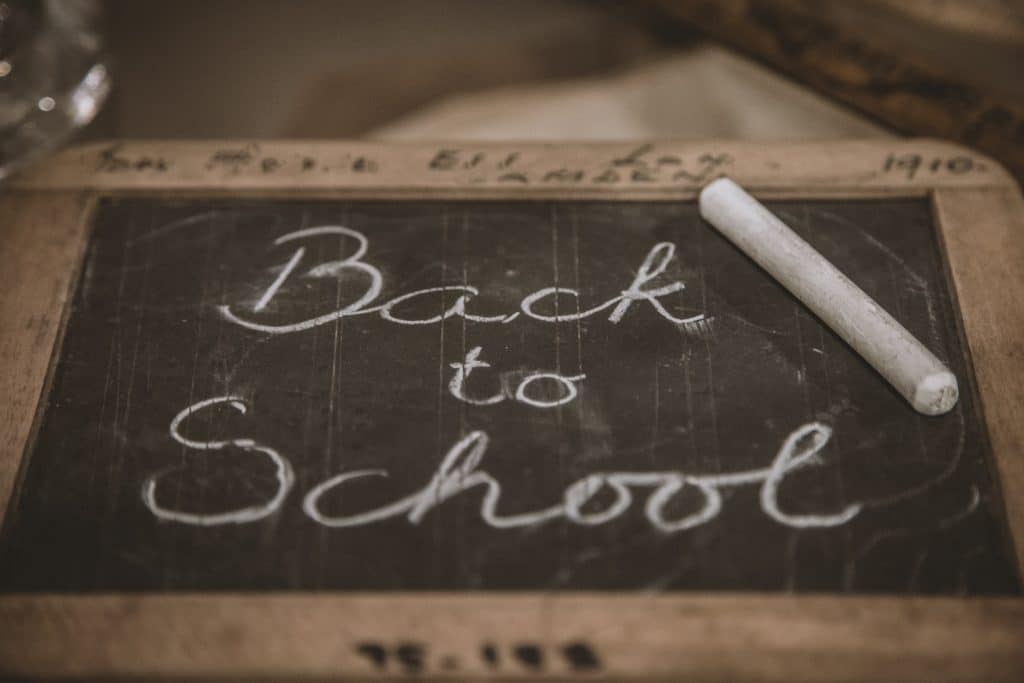School students are set to return to the classroom in England from next week, and for some, it will be for the first time since March.
Schools were closed to most students in England from 20 March due to the COVID-19 Coronavirus pandemic. Many students had forms of online teaching during the pandemic and some year groups were able to briefly return to classrooms before the summer break, however, many students have been out of the classroom and largely out of education for months.
UK Prime Minister Boris Johnson has spoken about “the moral duty to reopen schools to all pupils safely” and has urged parents to return their children to the classroom when schools do reopen.
The full extent to which COVID-19 can spread between and from young people is unknown, though some evidence has shown that older school-age students including teenagers can spread the virus in the same ways as adults. The Chief & Deputy Chief Medical Officers for England, Scotland, Wales and Northern Ireland have said that they are ‘confident’ in the evidence that the majority of children who catch COVID-19 have few or no symptoms and that there is an ‘exceptionally small risk’ of school-age children dying from COVID-19.
While schools are set to reopen, the experience for students will be significantly different to before the pandemic. Each school will have its own plans to help try and keep students and staff safe, but here is a look at some of the key questions being asked and restrictions that can be expected…
Will students have to wear face coverings?
In parts of England where there are stricter, localised Coronavirus restrictions, pupils will have to wear face coverings in corridors and other communal areas in schools. In all other parts of the country, it will be up to the headteachers of schools to decide whether they would like pupils to wear face coverings in some areas.
Students travelling to school by public transport will have to wear face coverings in accordance with wider government advice unless they are exempt.
Will students be in bubbles?
Most schools will have students in year group bubbles, though exactly how this will work is expected to differ by school.
To maintain the bubbles, some schools will be preventing year groups from mixing at break and lunchtimes, only allowing students to access certain limited social spaces.
Some larger schools have taken the concept of the bubbles further, setting up individual school structures within their school. For example, one year group may be given its own area on the school site where it will have all of its classes and social time, with other areas of the school site restricted.
Having students in year group bubbles is designed to limit the number of interactions that students have with others. If a student does contract the virus and then infect someone else, the risk of the virus being able to spread significantly should be minimised as a result of the bubbles structure.
Will students have to practice social distancing?
Many recognise that asking children, especially younger children, to social distance is unlikely to be successful. On top of some students not understanding or complying with social distancing, most schools don’t have the space to allow for social distancing to effectively take place.
The concept of year group bubbles is largely an alternative to social distancing, though in many cases, staff will be expected to social distance from students where possible.
Will all subjects be taught?
Most schools will be trying to teach as close to a normal timetable as possible, though some subjects which are considered less essential may be temporarily scrapped or taught less often.
The Coronavirus pandemic has meant that millions of students have missed out on important teaching time for core subjects such as English and Mathematics – schools may prioritise the teaching of these subjects as students return to school.
How will Sport & Physical Education work?
When public sports facilities reopened following lockdown, many closed changing rooms and showers, requiring customers to arrive and leave in their sportswear. The same can be expected for many schools – some schools have already told students that changing rooms will be closed and that they will have to wear sports kit throughout the whole school day.
How about assemblies and larger gatherings?
Generally, school assemblies won’t happen in person for students for the foreseeable future due to the risks associated with large gatherings of people. Some schools might provide alternatives, such as live or pre-recorded videos for students to watch in form groups or at home.
What will happen if there is an outbreak of the virus in or around a school?
The actions that would be taken would depend on the circumstances and the extent of any outbreak, though Downing Street has said that mobile testing units could be deployed and some groups of students may be asked to isolate.
The Government has strongly hinted that it is not keen on closing schools on mass again and favours localised actions.



